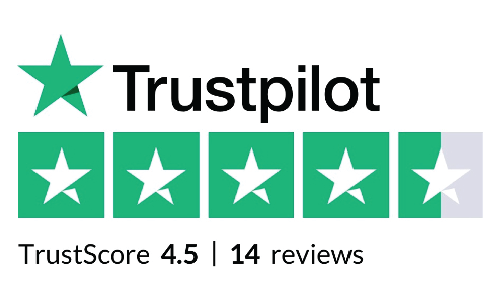
Working with a software team means time is always tight, and delays from a bad service provider can slow down everything. That’s why testing a communication services provider before committing is a smart move. A strong provider should handle remote or in-house teams with no hiccups, so every call or integration runs smoothly. This article will teach you how to test the provider in the smart way.
1. Start With a Real Use Case
Forget looking over the feature list; instead, choose a chore the team completes often and test the service that way. Use the same tools, timing, and team members, like stand-up, sprint review, and support call, depending on the event. This lets one clearly see the provider's performance during actual work. Furthermore, take note that early discovery is ideal if anything delays or feels awkward.
2. Check for Integration With Current Tools
Since most software teams now depend on tools, find out whether a new vendor performs as expected with them. Testing a service is more about understanding how well it fits into everyday flow than about voice. See if it goes smoothly or clumsily by trying to create a task using the tool or messaging into the main team chat. If it adds too many steps or breaks up the flow, it's a clear sign that it might not work.
3. Include the Team in the Test
Test not just with managers but also with the team, especially those daily tool users like developers or support workers. Ask how it feels if it runs fast, provides real-time alarms, or if anything appears off after each one tries the aspects that fit their job. Sort their ideas and review everything together. Team feedback can identify early on a supplier who seems ideal in theory but feels uncomfortable in practice.
4. Monitor Call Quality and Stability
Until it cuts out during a crucial meeting like a launch or review, a voice or video conversation seems straightforward. Run a test call during peak hours using video, screen sharing, and someone joining from another location. See how the service manages actual tasks; notice any delays or bad sound. Additionally, test from another internet speed or location to check whether the connection remains robust.
5. Test Support Response Time
Zinkworks understands that no service functions flawlessly all the time, which is why fast and precise support matters most when issues pop up. Try sending a live chat inquiry or a support request during the trial and watch how long it takes to receive a helpful response. Keep in mind that even small delays can add up quickly, especially for fast-moving teams that rely on efficient workflows.
6. See How It Handles Scale
Some tools struggle when more individuals join in, even if they manage small teams nicely. Set up various channels or group calls with several users to see how well the system works during testing. Test with several areas, time zones, and internet configurations if the team comprises international individuals. Moreover, no matter the size or location of the team, a good service should work well.
7. Test Notifications and Message Delivery
When time is important, missing a message or getting alerts too late can slow down the whole project. To see how quickly updates find the team, try sending notifications, file updates, or code commits. Even with inadequate internet or a locked device, a dependable service should deliver things right away. Also, see if it lets teams manage alert settings; therefore, only the relevant ones show without all the noise.
Real Work. Real Team. Real Results.
The test should show daily work, involve the entire team, and stress how the tool manages live comments and teamwork. See how closely the supplier aligns with the real flow of the team without generating delays or additional procedures. Check whether anything satisfies all seven criteria before signing anything; the appropriate one should enable the team to stay focused and move faster.
Disclaimer: This post was provided by a guest contributor. Coherent Market Insights does not endorse any products or services mentioned unless explicitly stated.





